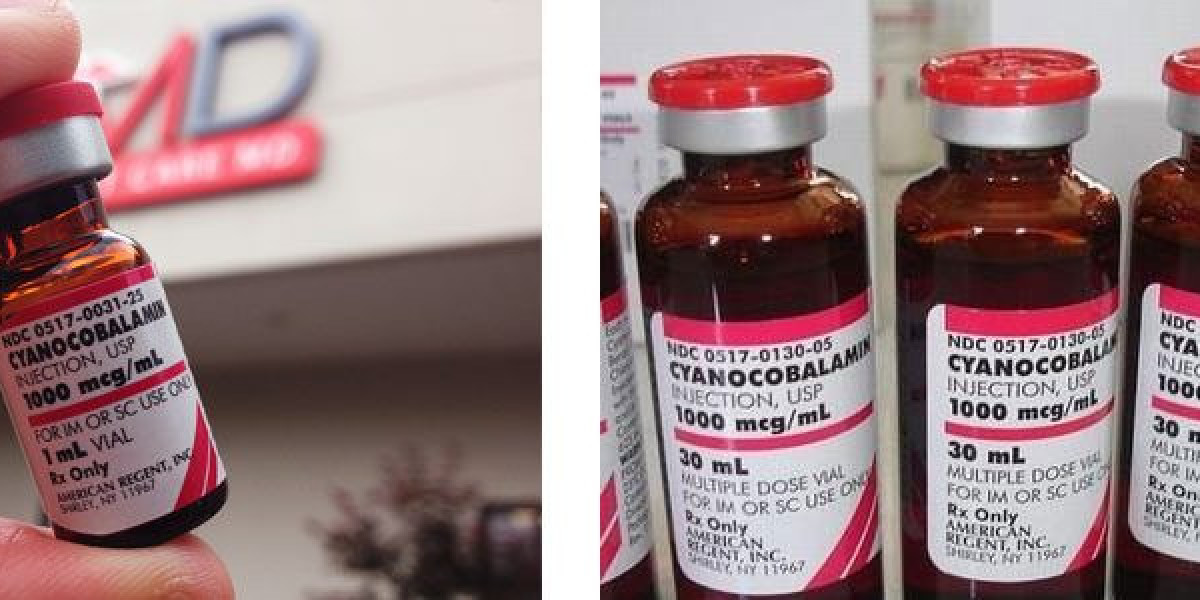Introduction: The Drive for Efficiency in a Complex Landscape
The healthcare industry, characterized by its intricate processes, vast patient volumes, and critical need for quality outcomes, faces constant pressure to operate more efficiently while simultaneously improving care delivery. Beyond clinical treatments and patient diagnoses, the underlying operational machinery of hospitals, clinics, and health systems plays a pivotal role in their success. This is where healthcare operational analytics comes into play. It involves the systematic collection, analysis, and interpretation of non-clinical data to gain insights into day-to-day processes, resource utilization, and workflow efficiency. By leveraging data-driven insights, healthcare organizations can optimize their operations, reduce costs, enhance patient satisfaction, and ultimately elevate the overall quality of care.
Understanding Healthcare Operational Analytics
Healthcare operational analytics is the application of analytical methods and technologies to evaluate and improve the efficiency and effectiveness of the routine activities and processes within a healthcare organization. Unlike clinical analytics, which focuses on patient outcomes and disease management, operational analytics delves into the inner workings of how healthcare is delivered, from patient scheduling to supply chain logistics.
The data used in healthcare operational analytics is diverse and originates from various sources across the healthcare ecosystem:
- Administrative Data: This includes patient registration, billing, and scheduling information.
- Financial Data: Such as revenue cycles, costs per procedure, and budget allocations.
- Workflow Data: Tracking patient movement through different departments, wait times, and staff assignments.
- Supply Chain Data: Inventory levels, procurement patterns, and equipment utilization.
- Workforce Data: Staffing levels, shift schedules, and personnel productivity.
- Electronic Health Record (EHR) Data: While EHRs primarily contain clinical data, operational analytics extracts non-clinical aspects like appointment durations, physician scheduling, and resource consumption associated with specific treatments.
By analyzing this vast amount of granular data, healthcare leaders can identify bottlenecks, anticipate future needs, and make informed decisions to optimize resource allocation, staffing, and patient flow.
Key Applications for Operational Excellence
Healthcare operational analytics offers a wide range of applications that directly impact a healthcare organization's ability to deliver efficient and high-quality care:
- Patient Flow Optimization: Analyzing patient wait times, throughput in emergency departments, operating rooms, and clinics to identify delays and improve patient journey efficiency. This can involve optimizing scheduling, reducing bottlenecks, and balancing patient load.
- Resource Allocation and Capacity Planning: Using data to predict patient demand, optimize staffing levels (e.g., nurse-to-patient ratios), and manage bed capacity, ensuring that resources are available when and where they are needed most. This is crucial for efficient hospital operations.
- Supply Chain Management: Analyzing inventory data to optimize purchasing, reduce waste, manage stock levels, and negotiate better vendor contracts, thereby minimizing costs and ensuring critical supplies are always on hand.
- Workforce Management: Evaluating staff productivity, absenteeism, and skill mix to create optimal scheduling, improve employee satisfaction, and reduce overtime costs. This can also involve analyzing training needs.
- Financial Performance Improvement: Identifying areas of revenue leakage, optimizing billing processes, and understanding the true cost of care delivery to enhance financial stability and profitability.
- Quality Improvement Initiatives: While primarily operational, analytics can indirectly support quality by identifying operational inefficiencies that impact patient safety or care consistency, such as tracking compliance with best practices or reducing errors in administrative processes.
- Emergency Preparedness: Analyzing historical data on patient surges and resource utilization during crises to better prepare for future emergencies, ensuring a resilient operational response.
Benefits and Future Directions
The benefits of implementing robust healthcare operational analytics are transformative. Organizations can achieve significant cost reductions by eliminating waste, optimizing resource utilization, and streamlining processes. Improved efficiency leads to shorter patient wait times, faster diagnoses, and quicker treatment initiation, ultimately enhancing patient satisfaction. By identifying and mitigating operational bottlenecks, healthcare providers can improve patient safety and the consistency of care delivery. Furthermore, a data-driven approach fosters a culture of continuous improvement, enabling proactive decision-making rather than reactive problem-solving.
The future of healthcare operational analytics is vibrant and will be increasingly shaped by advanced technologies:
- Artificial Intelligence (AI) and Machine Learning (ML): AI and ML algorithms will move beyond descriptive and diagnostic analytics to predictive analytics (forecasting future trends, e.g., predicting patient no-shows or surges in demand) and prescriptive analytics (recommending optimal actions to achieve desired outcomes, e.g., suggesting ideal staffing levels for a given patient load).
- Real-time Analytics: Moving from batch processing to real-time data streams will allow for immediate operational adjustments, enabling dynamic resource allocation and rapid response to changing conditions.
- Enhanced Interoperability: Greater seamless integration of data from disparate systems (EHRs, billing, supply chain, IoT devices) will provide a more comprehensive and accurate picture of operations.
- Visualization and User-Friendly Dashboards: Advanced data visualization tools will make complex operational insights more accessible and actionable for decision-makers at all levels.
- Personalized Operations: Tailoring operational workflows and resource deployment based on specific patient cohorts or individual needs, optimizing the care experience.
Conclusion: Driving Smarter Healthcare Operations
Healthcare operational analytics is no longer a luxury but a strategic imperative for organizations striving for excellence in a demanding environment. By transforming raw operational data into actionable insights, it empowers leaders to make smarter decisions about patient flow, resource allocation, and overall process efficiency. As the healthcare industry continues to evolve, driven by increasing complexity and the relentless pursuit of value, the adoption of sophisticated operational analytics will be crucial in ensuring that healthcare organizations not only survive but thrive, delivering higher quality, more efficient, and ultimately more compassionate care to every patient.
Explore our latest reports
? Stay ahead in the healthcare industry. Browse our latest insights now!
About Market Research Future (MRFR)
Market Research Future (MRFR) is a global market research firm that provides comprehensive insights into market trends, drivers, challenges, and opportunities. We offer a broad range of market intelligence reports and consulting services to help businesses and enterprises in various industries make informed decisions
Media Contact:
Market Research Future (MRFR)
Phone: +1-646-845-9312
Email: contact@marketresearchfuture.com
Website: marketresearchfuture








